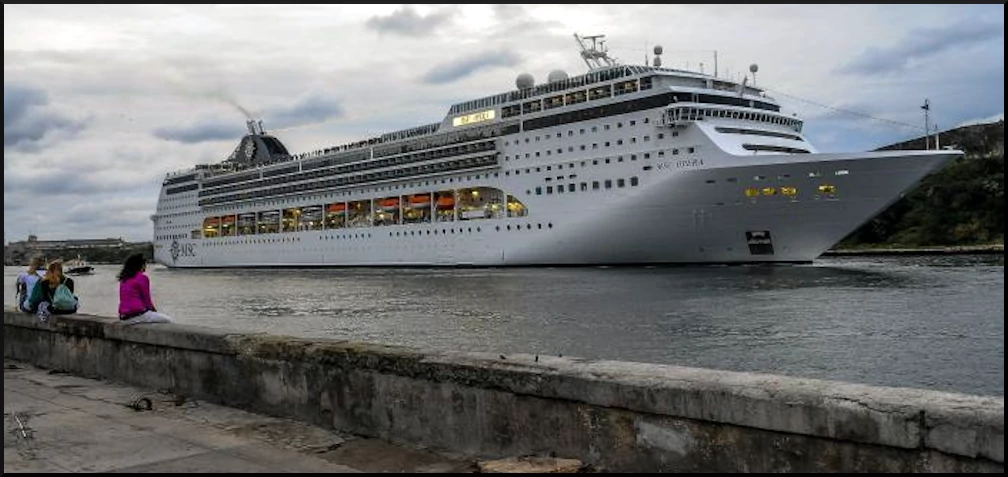by Raúl Antonio Capote, published in Granma, January 12, 2023
After a year recognized as one of the toughest in revolutionary history, a new action has been added to the list of U.S. villainies against the Greater Antilles.
After a year recognized as one of the toughest in revolutionary history, a new action has been added to the list of U.S. villainies against the Greater Antilles.
Beth Bloom, a federal judge in South Florida, using Title III of the Helms-Burton Act, ordered four cruise lines that included Cuba in their itineraries to pay more than 400 million dollars for alleged damages to the U.S. company Havana Docks, which had the concession to operate some of the docks in the port of Havana before the triumph of the Revolution.
The ruling follows another ruling made in March in which Bloom concluded that the four companies – Carnival, MSC S.A., Royal Caribbean and Norwegian – committed “acts of trafficking” and engaged in “prohibited tourism” by bringing U.S. travelers to Cuba and using Havana port facilities that “Castro confiscated.”
That paragraph, replicated by a dozen U.S. media outlets, and positioned in a matter of hours on social networks, deserves some comments.
Does the country of “freedom” recognize that for them there is a “forbidden tourism” and, therefore, an “authorized” one? What about the proclaimed freedom to travel?
Of course, we know the answer: U.S. citizens cannot travel to Cuba, they are forbidden to do so.
Another point. It was not Fidel Castro who confiscated those properties, it was the Cuban Government in use of its sovereignty, as it corresponds to any independent nation in this world.
The elements that are being used are false. In fact, the United States never wanted to negotiate the issue of the nationalized properties, nor did they allow their affected companies to negotiate.
The claims commission, at the time, accepted 5,911 applications for compensation, but it was never possible to verify whether these applications and valuations were true, whether they were duplicated or whether forged documents were used.
On July 6, 1960, the revolutionary Government issued Law 851, complementary to the 1959 Basic Law, which established the principle of compulsory expropriation for public utility.
The legislation established the form and manner of compensating the nationalized property by means of the bonds of the Republic issued for that purpose, and provided for the designation of experts to value such property for the purpose of its payment through the amortization of such bonds, which would be made against a fund created in the National Bank of Cuba, called Fund for the payment of expropriations of property and companies of nationals of the United States of America.
The aforementioned fund would be nourished annually with 25% of the foreign currency that corresponded to the sugar purchases that the United States made each year from Cuba.
The bonds would accrue 2% annual interest and would begin to be paid in a term of no less than 30 years.
Aware that the form of payment was sugar, Washington cut off the purchase of sugar, thus harming its citizens, since it made Law 851 impracticable. This was followed by the total blockade in February 1962, until the Helms-Burton Act was passed.
The purpose of the sanction against the cruisers is more than clear. They do not even hide to say it. According to the Florida media, “the multimillion dollar fine sends a warning to potential investors and to those who wish to do business with the Cuban government.”
*Featured Image: The purpose of the sanction is quite clear: to prevent potential investors from doing business in Cuba. Photo: Jose M. Correa
Translated by ESTI
